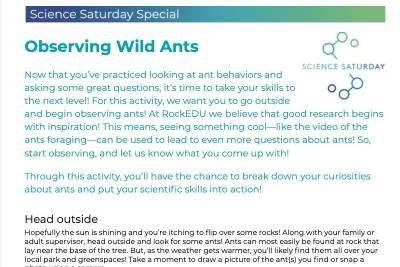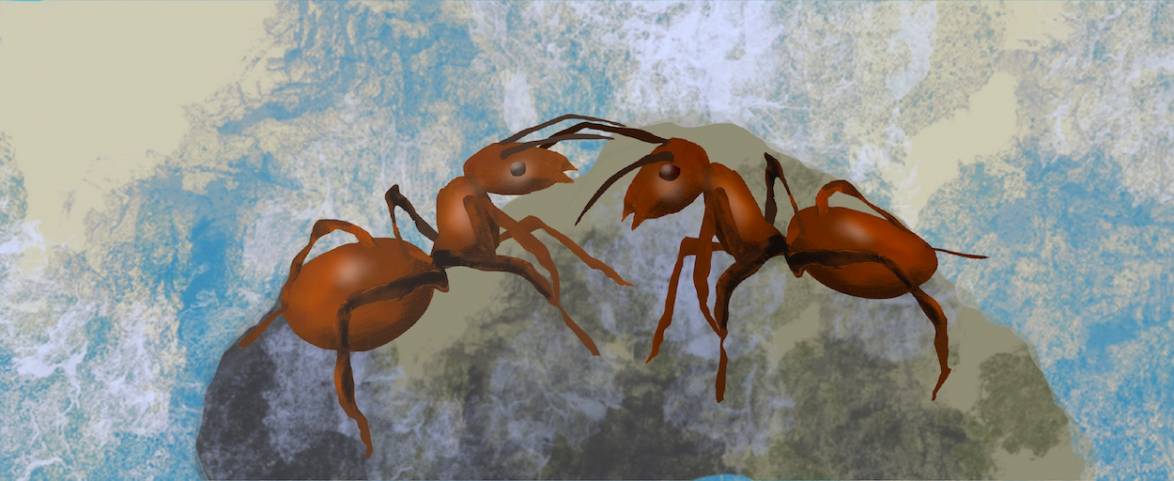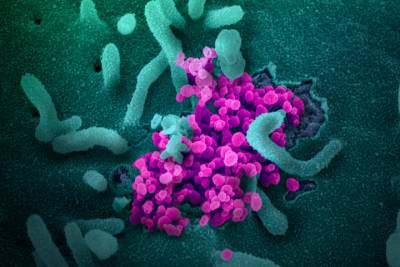Find Some Ants That Relate to You
Head outside (or maybe even to your kitchen counter 😬) to find some ants — 👀 look in the cracks on the sidewalk, flip over a rock, or near a sweet treat dropped on the ground (or countertop).
Use the attached guide to explore and track some of the ants’ behaviors, and take special care to look for examples where you think ants might be communicating with each other. What do you think they’re saying to each other? How do you know? Are these behaviors and communications like ways people behave or communicate? How can we learn from ants to learn more about ourselves?!
Download your own ant observation guide and then share your findings on our Padlet!
Preview

Ant Observation Guide PDF
Download and print our observation guide from the Save & Share Menu and follow your inspiration and ask the questions that you care about! Draw or snap a picture of what you find, share your observations/questions, and let us know how you’d like to put your ideas into action!

Padlet
Share your observations, questions, and explorations!
Observing wild ants guide
Introduction
Now that you’ve practiced looking at ant behaviors and asking some great questions, it’s time to take your skills to the next level! For this activity, we want you to go outside and begin observing ants! At RockEDU we believe that good research begins with inspiration! This means, seeing something cool—like the video of the ants foraging—can be used to lead to even more questions about ants! So, start observing, and let us know what you come up with!
Through this activity, you’ll have the chance to break down your curiosities about ants and put your scientific skills into action!
Head outside
Hopefully the sun is shining and you’re itching to flip over some rocks! Along with your family or adult supervisor, head outside and look for some ants! Ants can most easily be found at rock that lay near the base of the tree. But, as the weather gets warmer, you’ll likely find them all over your local park and greenspaces! Take a moment to draw a picture of the ant(s) you find or snap a photo using a camera.
Observations about Ants
Now that you’ve spent some time looking at the ants, what have you noticed? Share some descriptive information of the ants that you found. How did they look? What did you see them doing? What surprised you?

Questions about Ants
Based on what you see the ant(s) doing, start thinking of questions in the space below! This can be anything you’d like to explore, ranging from what ants eat to how they spend their time.
Now that you have some observations and questions…
Spend some time thinking about how you would test your questions! Would you need to find more ants? Would you need a couple of different groups of ants? How long would you want to observe your ants for? Why is your question interesting and how may it be the inspiration for others?

Lots of our favorite scientists do research similar to this! When scientists go into natural spaces, and observe animals (without interfering) it’s called a naturalistic observation. Naturalistic observations are a research method that allows scientists to understand social behaviors that they would not otherwise be able to study inside of a lab.
For example, you may have heard of primatologist, Dr. Jane Goodall. In Jane’s most famous work, she spent time in Tanzania observing wild chimpanzees. This led to her groundbreaking findings related to their social behavior and dietary habits in a way that challenged what we knew about the behavior and intelligence of non-human animals!
Now that you’re ready to be an ethologist (A science who observes animals in their natural environment), grab your worksheet, write your question and get started. Check back often with these notes to see how your questions and curiosities have changed over time, and hopefully you’ve learned a few things along the way!
Don’t forget, there are lots of ways to learn about ants, so consider building your own model of an ant colony or diving deeper into categorizing species.










